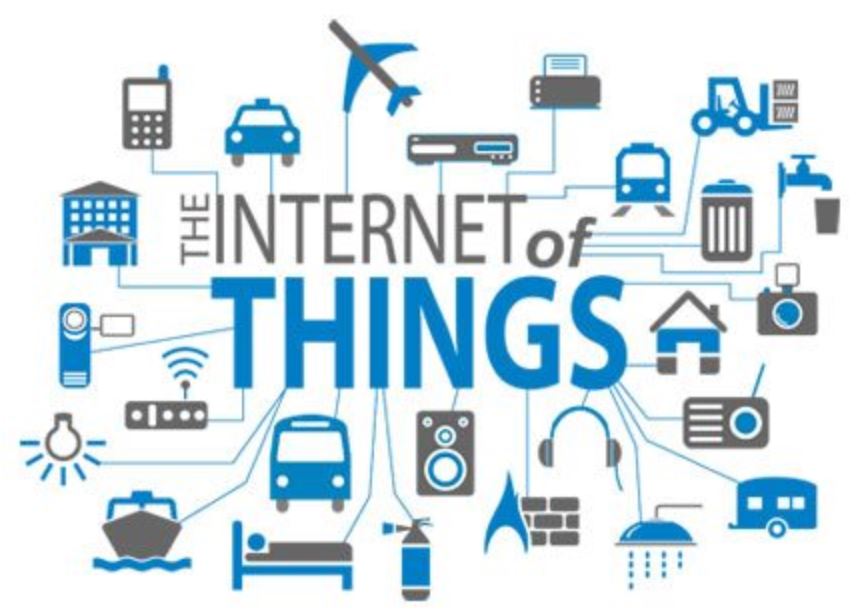
IOT is already used in people’s lives. It is mostly used in 3 parts, personal, industrial and public sectors. In personal sectors, cars can help drivers to drive safely and conveniently. Also, using IOT, people can receive some health information like pulse and improve their health. In Korea, companies like SAMSUNG or LG launched Smart Home, which is an individual home with automation. It controls light, temperature, BGM and television, considering who is in the room and even day or time. Also, Google made Open Automotive Alliance (OAA) with Audi, GM, Honda and so on. It uses Android-based system and can provide information in Google Map, which has a huge database.
In the industrial part, IOT helps people work efficiently and safely. The Internet can be used in production, process, and distribution, so plant can improve productivity and safety. Also, it helps to put the Internet in many products and provide high value services.
IOT also can be used publicly. Many accidents can be prevented by CCTV, GPS, and so on, using web-based information. Public offices like the Meteorological Administration can receive information about atmosphere and trash amount. Countries such as the USA, China, EU, and Japan open city data including traffic and public administration, based on information and communication technology. Using that data, they try to construct a “smart city,” in which public facilities and people interact with each other. In Barcelona, Spain, urban management system was constructed using IOT. It shares parking information with distinction of empty space or sends information to the garbage truck with measurement of trash amount.
Core technology of IOT can be distinguished into 3 parts, sensing, interface and networking. First, sensing technology is used to measure many physical quantities like temperature, heat, position, and velocity. IOT needs built-in smart sensors containing algorithm and signal modules to share collected information through the Internet. Second, interface technology interworks application service and main components (human, things and service). IOT should include an interface capable of doing certain things: detecting, processing and saving information, realizing position, protecting information or privacy, and Ontology. Ontology is a model that expresses feelings of human in the type that computer can process. Third, networking connects various devices in distributed surroundings. IOT can use WPAN, Wi-Fi, LTE, Bluetooth and satellite communications.
This technology’s availability will continuously increase. However, it comes with some side effects also. Vulnerability to hacking and complexity (especially for older users) are among the potential issues that need to be resolved. Therefore, IOT is very convenient in many lives, but has some areas that may still require improvement.
м Җмһ‘к¶Ңмһҗ © нҸ¬н•ӯкіөлҢҖмӢ л¬ё л¬ҙлӢЁм „мһ¬ л°Ҹ мһ¬л°°нҸ¬ кёҲм§Җ


